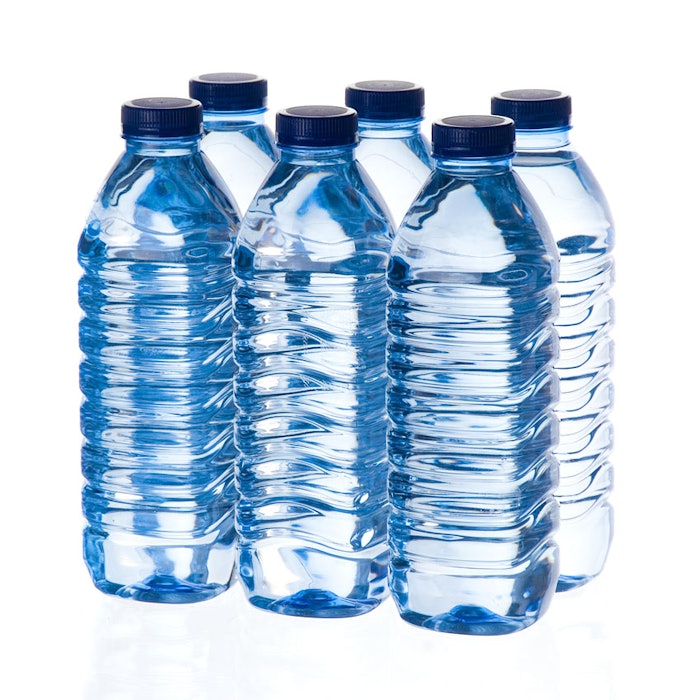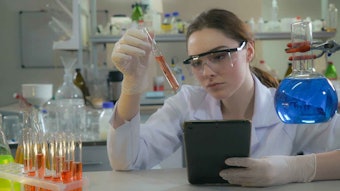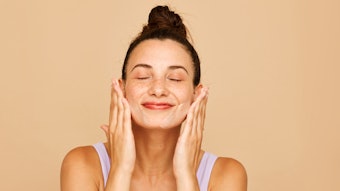
As cosmetic scientists know, the safety of phthalates has long been held by the Personal Care Products Council (PCPC), as well as the cosmetics industry. “Phthalates have existed for decades and as a result, are one of the most extensively studied and well-understood families of chemicals,” the council writes. Phthalates are used primarily as plasticizers and can be used to stabilize and control fragrances. The U.S. Centers for Disease Control and Prevention has demonstrated that human exposure levels are far below minimum safety levels set by regulatory agencies.
Yet here we are, reporting on a study of phthalates and how exposure from cosmetics and other sources negatively impacts health. Why? Because consumers have been misled to fear them, and point fingers at the cosmetics industry as a main offender. This is not to make light of the negative health effects individuals may endure, but to step ahead of alarmist groups by making a few poignant observations about this study.
The Study
The Institute of Environmental Health in Vienna and Environmental Agency of Austria examined the presence of phthalate metabolites in the urine of 50 mother/child pairs. The researchers accounted for variables including lifestyle, consumer habits and different sources of exposure. Of the 14 metabolites assessed, nine were found in concentrations above creatine-adjusted concentrations; interestingly, with the exception of monoethyl phthalate (MEP), levels in samples from children were higher than in those of the mothers.
The authors reported significant correlations in the mothers between the use of hair mousse and dyes, makeup, polyethylene terephthalate (PET) bottles and chewing gum with urine levels of the diethyl phthalate metabolite MEP. In children, since they did not regularly use cosmetic products, only PET bottles and chewing gum were assessed. Regardless of industry not using plasticizers to produce PET bottles, the presence of MEP was associated with the use of PET bottles by children. Furthermore, monobenzyl phthalate was associated with chewing gum—which, the authors noted, could be from the packaging and not the gum itself.
Regarding health effects, the authors connected symptoms including headache, coughing, diarrhea and hormonal problems with MEP; repeated coughing with monobenzyl phthalate; and itching with mono-(2-ethylhexyl) phthalate.
Observations
While connections between phthalates and negative effects on health clearly demand further attention, this study raises several questions. According to the Personal Care Products Council, if exposure occurs, phthalates are quickly excreted. And in this study, phthalate metabolite levels in urine indicate exposure—but from what source is not clear. Furthermore, how do phthalate metabolites in urine correlate with phthalate effects in the body? And why were levels higher in children than adults?
“The paper is about guilt by association and not facts,” said industry-renowned regulatory and preservative expert David C. Steinberg, of Steinberg & Associates. “The only phthalate still used in cosmetics is diethyl phthalate by fragrance companies. Cosmetic producers do not add [these other phthalates] to their formulations.” Then again, we’re preaching to the “cosmetic choir.”
Steinberg adds, “But who [really] cares? [Nongovernmental organizations] (NGOs) have destroyed this, along with other safe ingredients, by scaring everyone.” Indeed they have.
What does this mean? A continuing uphill battle to defend our industry and its science. How? By speaking out, for starters. If you have other ideas, we’d love to hear them. Email [email protected] to help us figure this out.










